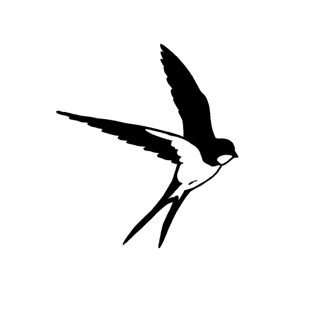Sunday Workshop: Active Imagination
Carl Jung's instructions for engaging with the unconscious outside of dreamwork
This Sunday at 10am PT: a mini-workshop on active imagination for paid subscribers. Scroll down to upgrade and/or register. After we meet, a recording will also be available to all paid subscribers on this same post.
Clinicians: The Thursday evening cohort for my Clinical Training in Analytical Psychology in 2025 is now open for registration (and already about 2/3 full). Send me a note if you have questions!
In 1926, in his office on the edge of Lake Zurich, Jung offered his American analysand, Christiana Morgan, instructions on practicing active imagination.
It was over a decade since Jung had developed this method as a matter of survival. In order to not drown in the flood of images that had begun assaulting him from the unconscious, Jung had to learn to swim. It was 1913, about a year before the outbreak of WWI, when this work of Jung’s began. The fruits of this encounter with the unconscious were not only the creation (or re-discovery?) of active imagination but also what we now know as The Red Book (only published in 2010) and almost all of Analytical Psychology. His most creative work started to emerge at this time.
It was the middle of summer and about a month into her course of analysis when Morgan dutifully wrote down what Jung told her. “Only use the retina of the eye at first in order to objectify,” he said.
But even her careful record-keeping can not wholly elucidate this wildly elusive practice.
Instead of keeping on trying to force the image out, you just want to look in. Now when you see these images you want to hold them and see where they take you—how they change. And you want to try to get into the picture yourself—to become one of the actors. When I first began to do this, I saw landscapes. Then I learned how to put myself into the landscapes, and the figures would talk to me and I would answer them.1
In this method, the conscious mind is entirely awake and not forcing anything to happen. There is no manifestation or intention involved. There is no explicit goal, exactly, except to lower the bucket of consciousness down into the well of the unconscious and then allow the two to interact. In this way, the bucket is not entirely safe from being soaked. Affected. Nor is the water in the well entirely in control: the bucket has the rope and pulley to get out when needed.
In her excellent book of essays, Psychotherapy, Marie-Louise von Franz provides further instruction on active imagination and a concise (though still not simple) definition:
In contrast to dreams, which represent a pure product of the unconscious, active imagination gives expression to the psychic factor that Jung called the transcendent function. This is the function that brings about a synthesis between the conscious and unconscious personality.2
In our one-hour workshop on active imagination this Sunday, I’ll explain this remarkable process further and answer questions about what it is (difficult, for starters) and is not (daydreaming, etc.) before we attempt an exercise together. Using a combination of active imagination and the methods of Christiana Morgan's Thematic Apperception Test, we’ll place ourselves in landscapes and observe what unfolds.
Mini-Workshop on Active Imagination: Sunday at 10am PDT | 1pm EDT | 6pm UK
Scroll down to register. You’ll automatically receive an email from Zoom, and I’ll send another one on Sunday morning.
You can upgrade anytime if you are not yet a paid subscriber* and would like to join us. The registration link will become visible below. If you are already a paid subscriber, there is no additional fee to attend. These monthly workshops are a perk of your subscription.
If you can’t make it live, I'll embed the recording below after we meet.
All dates and links for our remaining 2024 workshops are here.
*If finances would prohibit you from joining, reply to this email or send me a note at satyadoylebyock@ substack.com ASAP. I’m happy to comp you a subscription.






